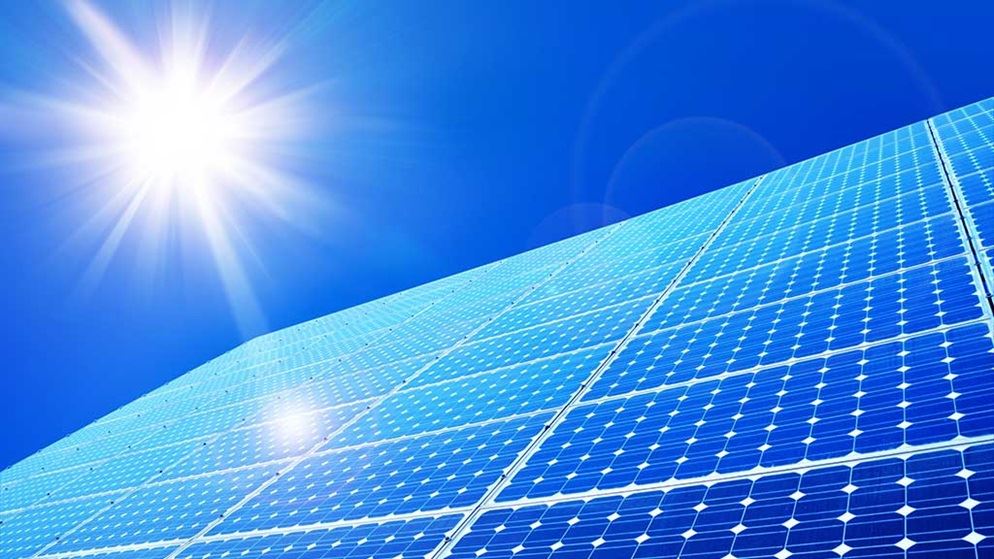 SOLAR PANELS. PROBLEMS AND
SOLUTIONS
SOLAR PANELS. PROBLEMS AND
SOLUTIONSGoda Malinauskaitė
INTRODUCTION
In this summary, I will present a general overview of
what solar power, panels is, its pros
and cons, effect and solution to the problems.
KEY TERMS
Solar power - solar
power
is produced by collecting sunlight and converting it into electricity. (
http://www.alternative-energy-news.info/technology/solar-power/)
Solar panels - Solar panels absorb the sunlight as a source of energy to generate electricity or
heat. (https://en.wikipedia.org/wiki/Solar_panel)
Global warming - Global warming is the current increase in temperature of the Earth's surface
(both land and water) as well as it's atmosphere. (https://whatsyourimpact.org/global-warming)
Power supply - A power supply is an electrical
device that supplies electric power to an electrical load. The primary function
of a power supply is to convert electric current from a source to the correct
voltage, current, and frequency to power the
load.(https://en.wikipedia.org/wiki/Power_supply)
Semiconductor - a solid substance that has a conductivity between that of an insulator
and that of most metals, either due to the addition of an impurity or because
of temperature effects. It‘s used for making solar panels.
Manufacture
- make something on a large scale using machinery.
Fundamental – the main (thing), a central importance.
Hurdle - a
problem or difficulty that must be overcome.
Contamination - the action or state of making or being made impure by polluting or
poisoning.
SUMMARY
Solar power
is produced by collecting sunlight and converting it into electricity. This is
done by using solar panels, which are large flat panels made up of many
individual solar cells. It is most often used in remote locations, although it
is becoming more popular in urban areas as well. Commercial concentrated solar
power plants were first developed in the 1980s. Although, it‘s mostly eco and nature-friendly it has some
problems why it‘s not being so widely used. I‘m going to elaborate on its
solutions to the problems , the positive and negative effect of it to humanity
and nature.
The sun
offers the most abundant, reliable and pollution-free power in the world.
However, problems with solar energy, namely the expensive cost and inconsistent
availability, have prevented it from becoming a more utilized energy. Hampering
solar power has a lot to do with cost. It is five to eleven times more
expensive to produce electricity from the sun than it is from coal, hydro or
nuclear sources. The first problem is with the cost of the technology: solar panels
use expensive material to generate
electricity directly from sunlight. Semiconductor factories need 'clean'
manufacturing environments and are expensive to build and maintain. But even if the fundamental cost
hurdles of the technology are overcome, there are still other issues: installing
solar panels on a house is expensive and requires experienced people. These
systems used fixed solar panels since alignment systems are too expensive for
the average homeowner . For example, giant solar farms have been built in
desert regions and have reduced the installation cost since a larger
economy-of-scale is created . But these large, inexpensive tracks of lands are
found far from cities where the power is needed. Expensive transmission lines
are needed to bring the power to a distant market. Maintenance costs and time can add-up since
every inch of a solar panel must be kept clean and clear of debris for them to
operate at their most efficient. Their efficiency drops drastically even when a
small portion is blocked by fallen debris or a film of dust.
Producing Power During the Day : Solar energy is only capable
of producing power during the daytime (when the sun is out).
It is not
only negative, it has a lot of pros as well. It‘s clean
energy source and
also Solar panels
give off no contamination. The main contamination that occurs as a consequence
of solar panels is the assembling of these gadgets in industrial facilities,
the transportation of the merchandise, and the installation. It‘s also renewable
and sustainable. Solar
energy is a renewable source of energy which means we can not run out of it.
So, while solar is among the world's cleanest forms of energy, plans to
develop utility scale solar farms have raised concerns about potential
environmental impacts. That‘s why engineers need to develop more efficient production
techniques. Mass production of panels in efficient factories will help bring
down production costs and make them cheaper for costumers to buy.
References :